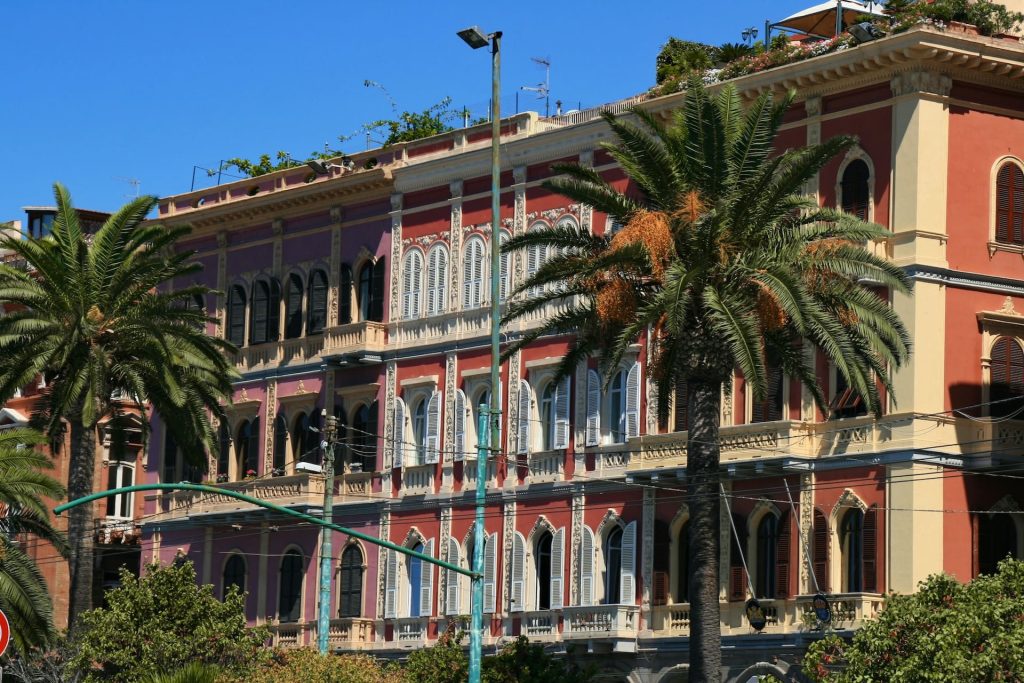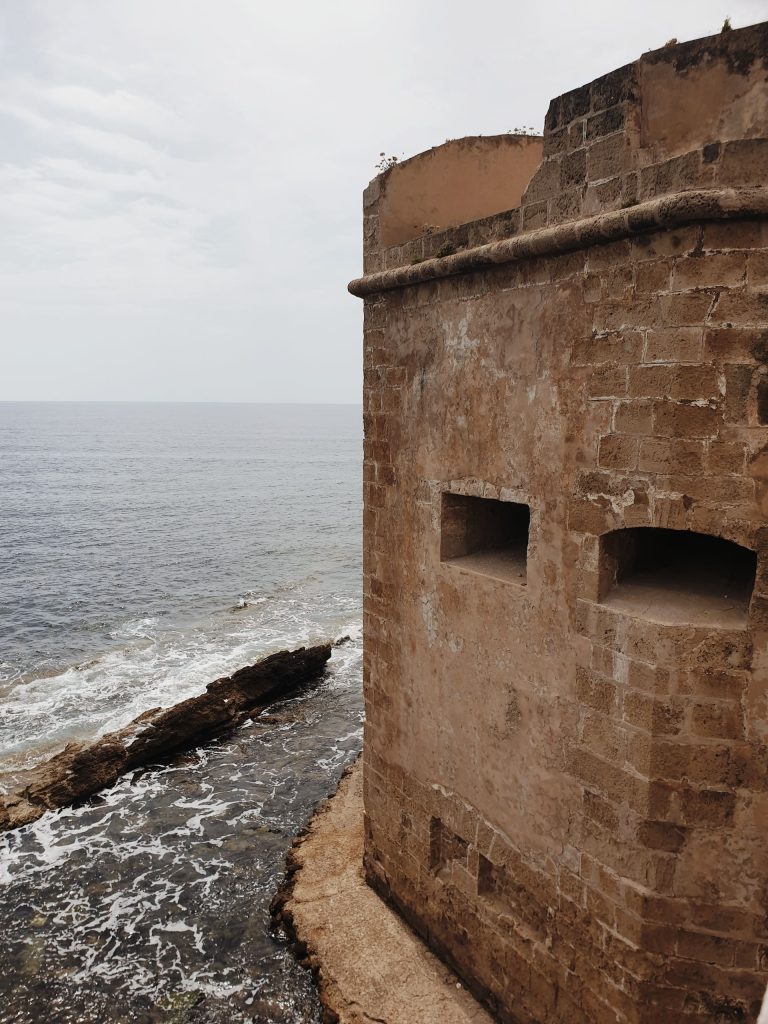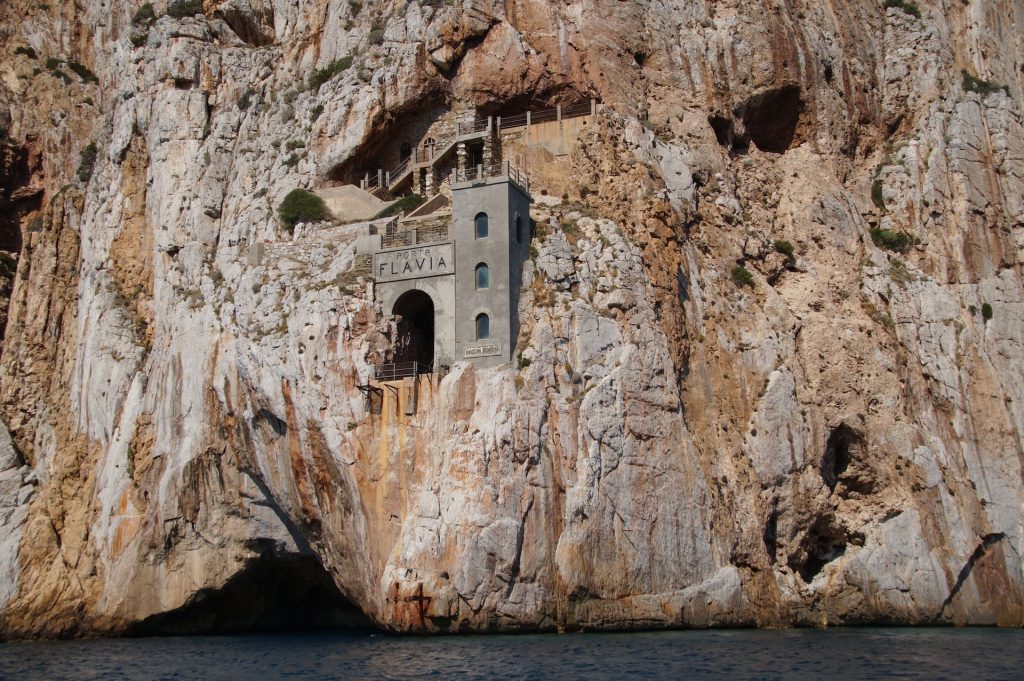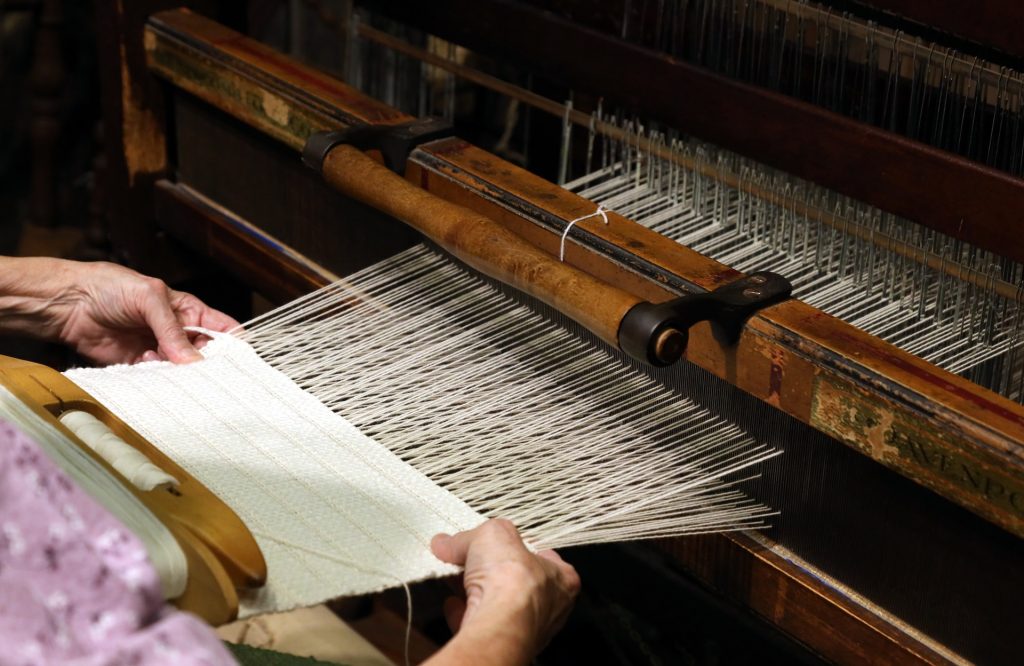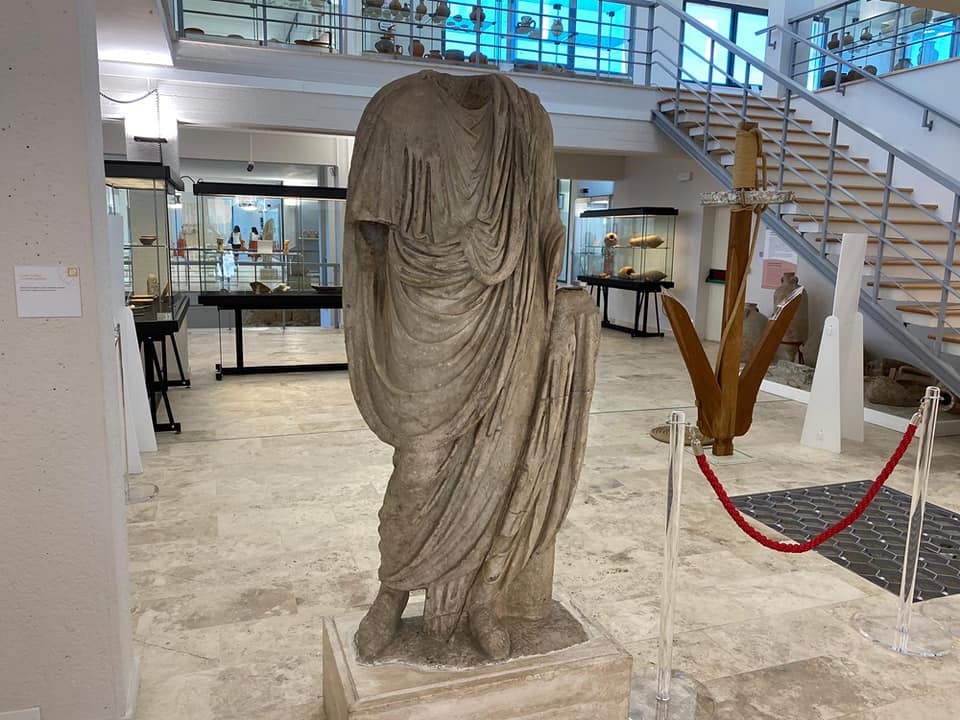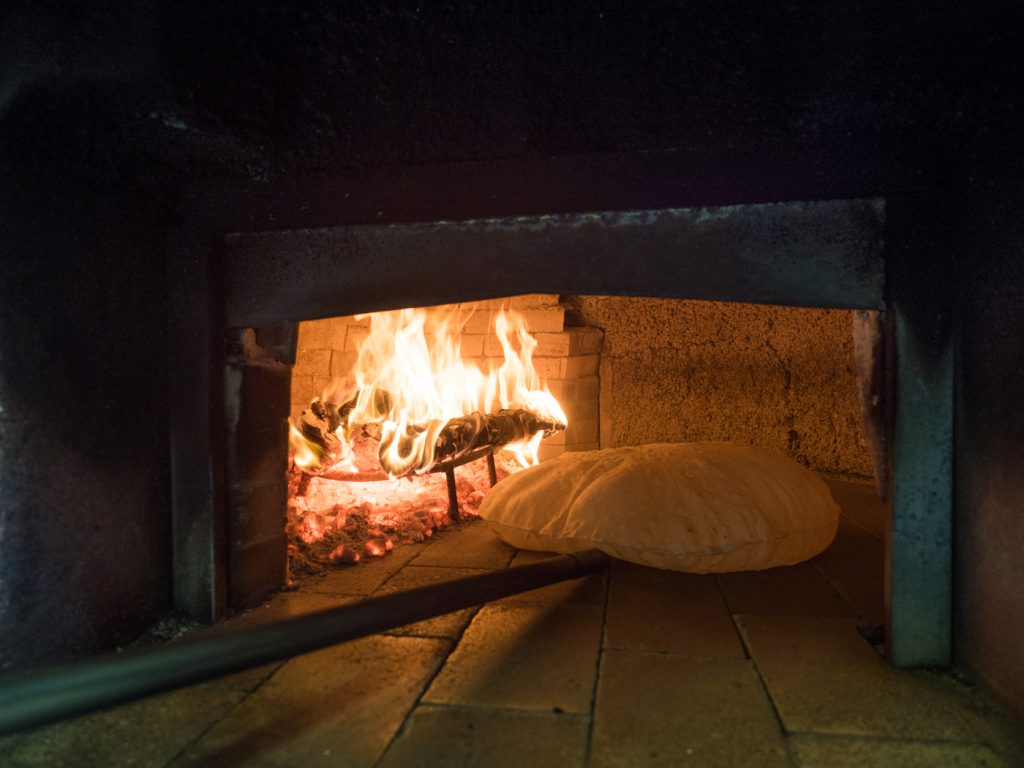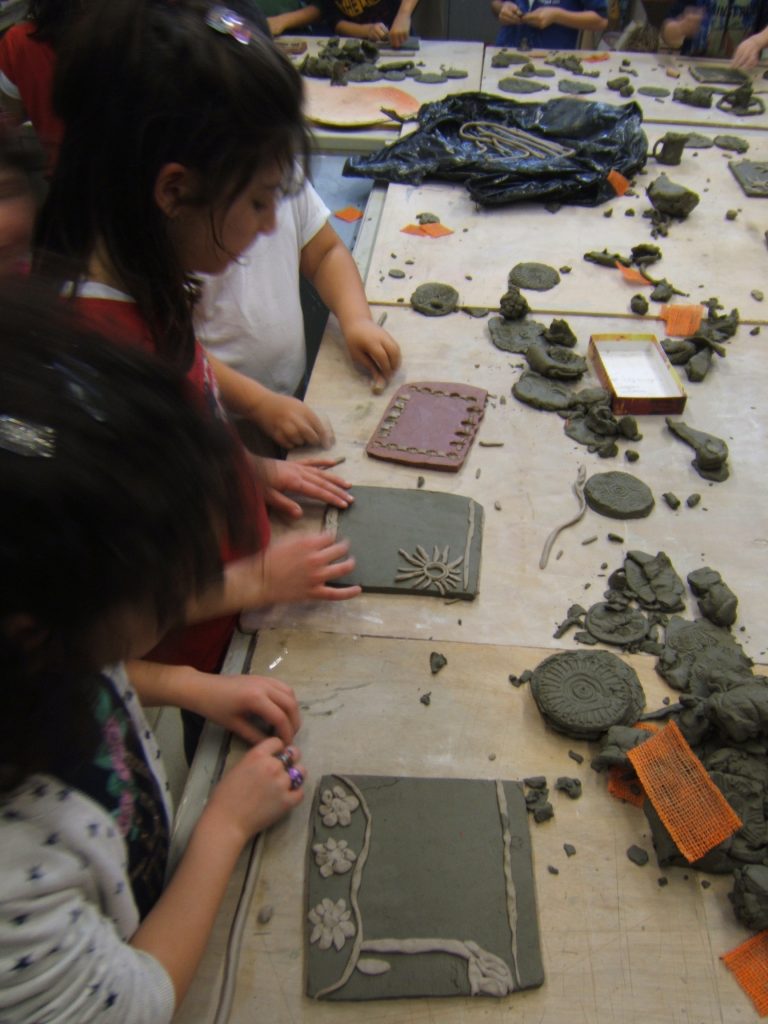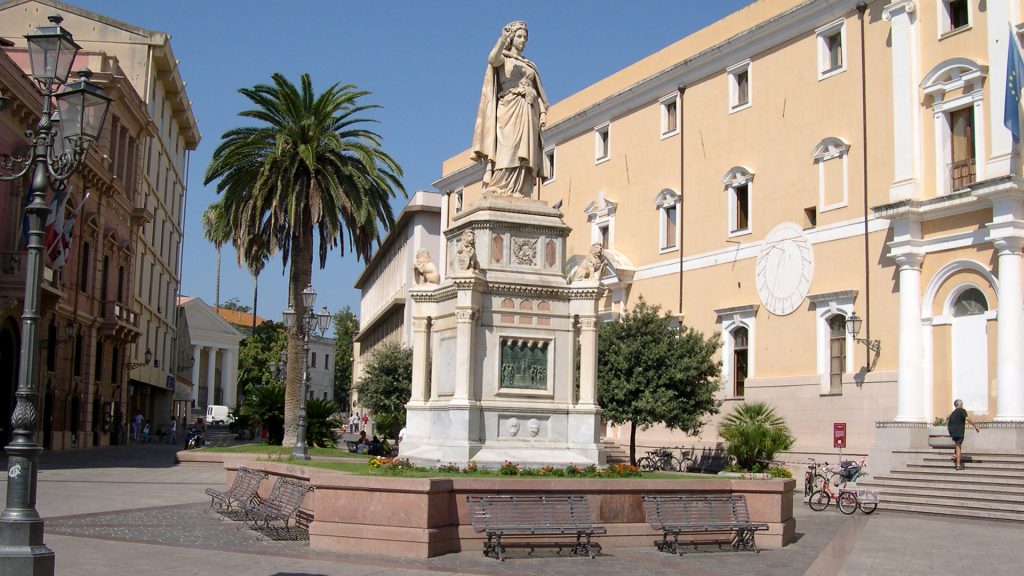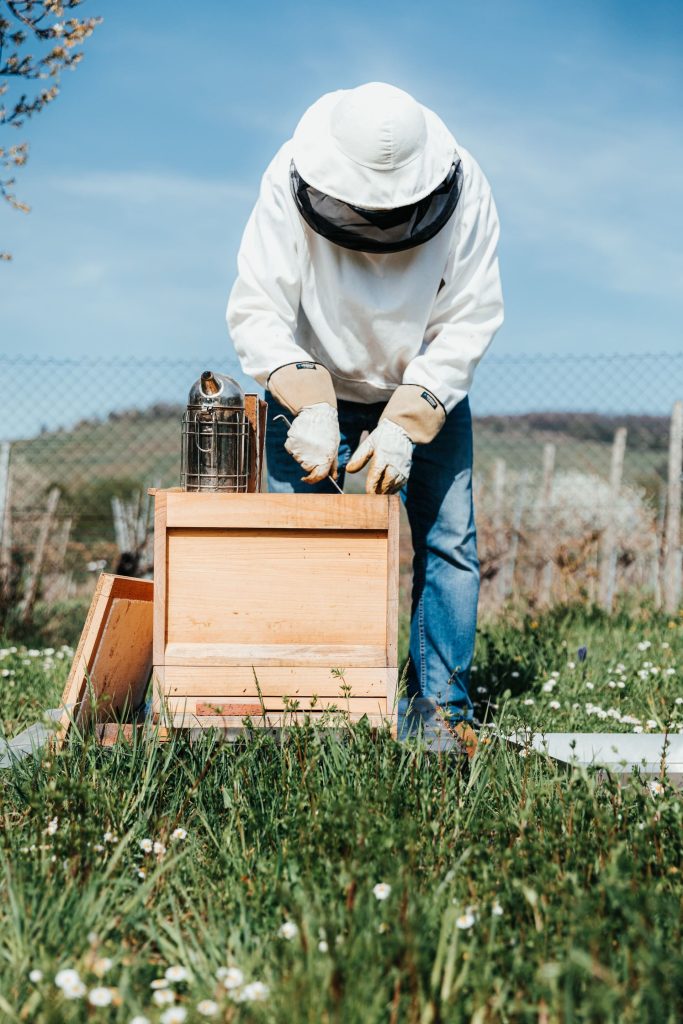This season arrives in Sardinia, bringing with it unexpected beauty, far from its summer reputation. Landscapes are blanketed in white, and amid imposing mountains, identity-affirming events, and mysterious archaeological sites, the atmosphere becomes imbued with timeless magic.
Snow-Covered Mountains: A White Dance in Lesser-Known Sardinia
If you find yourself on the coast, the scenery opens up to reveal the grandeur of snow-capped mountains. Every step taken on the trails becomes a celebration, a tribute to the incredible beauty that the land bestows upon us, and every peak reached is a victory that warms the heart. During hikes, you’ll have the opportunity to get closer to the winter flora and fauna, encountering chamois gliding through the snow and raptors soaring through the sky like the majestic golden eagle.
The Sardinian hinterland is a treasure trove of wondrous territories, each with its distinctive magic. Ascending Monte Ortobene, the city of Nuoro disappears from view, giving way to breathtaking panoramas. Monte Limbara, in enchanting Gallura, offers extraordinary views of the coast and surrounding islands, while in the Montarbu Forest, the fairy tale comes to life thanks to centuries-old oak trees draped in moss. Yet, this is the case for many other areas of the island, as every corner offers a symphony of colors, sounds, and scents that become more intimate and authentic during this season.
The Archaeological Treasures of the Island
Winter is the best time to discover the archaeological treasures that Sardinia jealously guards. The sites are enveloped in a magical stillness, as if the ancient stones wished to whisper secrets of millennia-old civilizations. Majestic nuraghi proudly emerge amidst the whiteness of the snow at higher altitudes or amid the green countryside that surrounds them.
Roman cities and prehistoric complexes become authentic tales in which the past and present merge, and as you walk among the ruins, you’ll notice the enduring presence of generations past. In this way, winter becomes the perfect time for a journey through time, an opportunity to rewind the tape of memory and be enchanted by the magic of a millennia-old past.
Carnivals in Sardinia: an Explosion of Colors, Magic, and Fun
The Carnival in Barbagia is a unique and fascinating celebration distinguished by its deep traditional roots tied to the myth of Dionysus. During this festivity, the villages of Barbagia commemorate ancient bloody and tragic rites, preserving the authentic essence of Carnival. Some of the most famous masks of the Barbagia Carnival include:
- Mamuthones and Issohadores of Mamoiada, the most famous mask. The Mamuthones wear black wooden masks and heavy bells, while the Issohadores try to control them.
- Thurpos of Orotelli, among the Sardinian masks with the longest-standing tradition, the Thurpos represent various moments of peasant life, engaging the audience in the carnival “game.”
- Urthos and Buttudos of Fonni, they stage an animalistic struggle between themselves and climb poles and balconies in the village.
- Boes, Merdules, and Filonzana of Ottana, are oxen covered in bells and sheepskins, men with black masks, and the Filonzana, the enigmatic and black-clad female figure.
- S’Urtzu and Sos Colonganos of Austis, traditional masks characterized by the use of animal bones to produce a deep sound and the use of strawberry tree branches in front of the face.
- Su Bundu of Orani, represents a character dressed as a farmer with a large cork mask.

